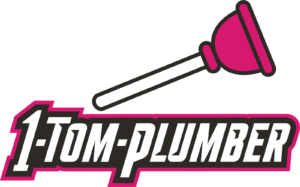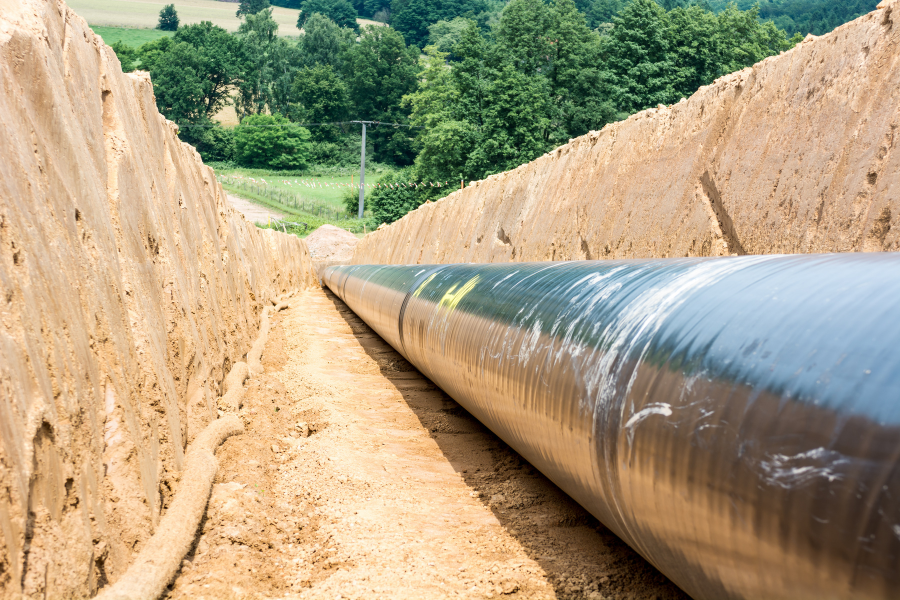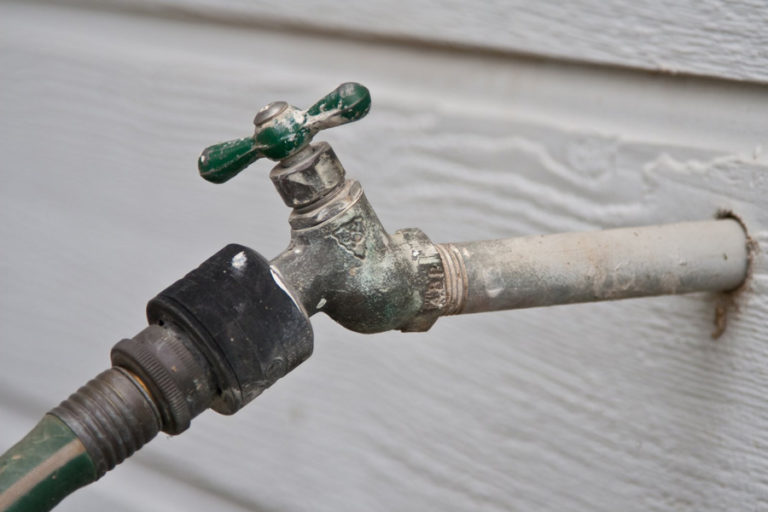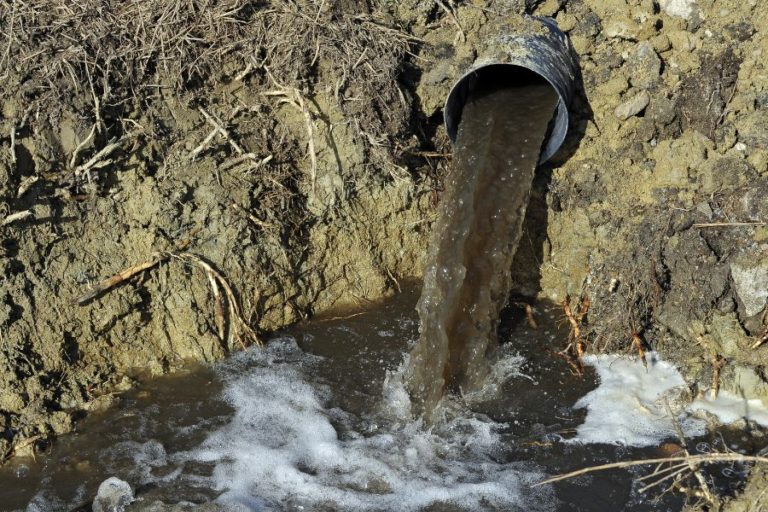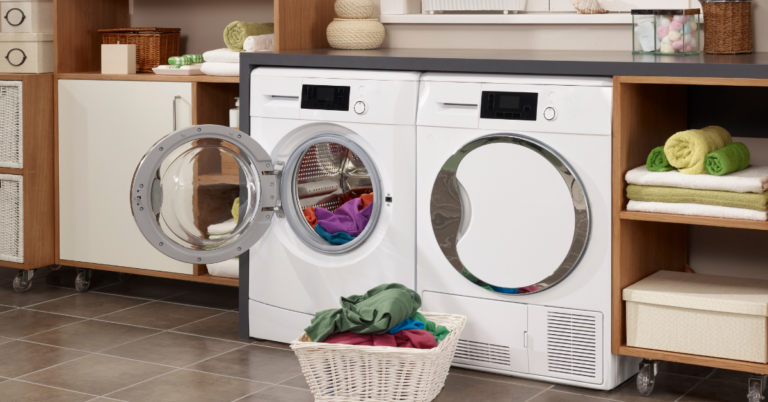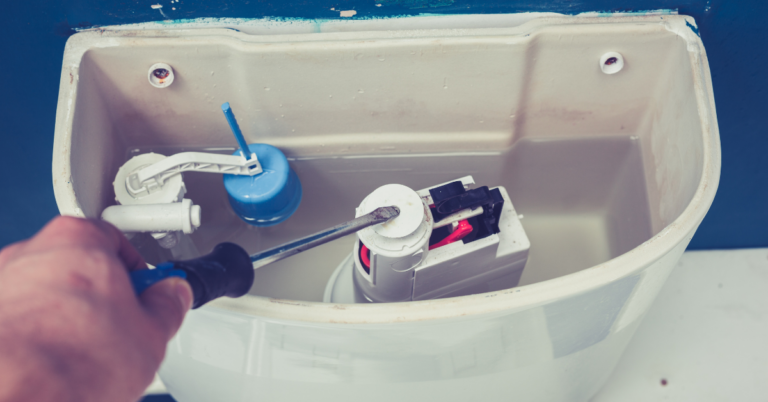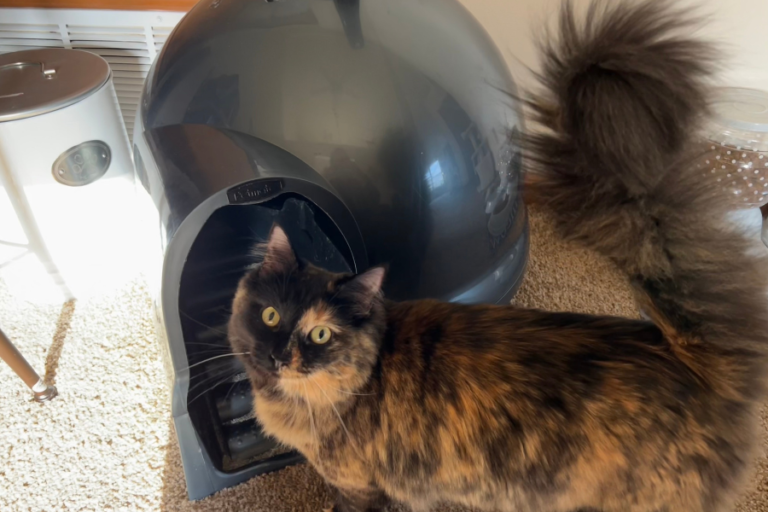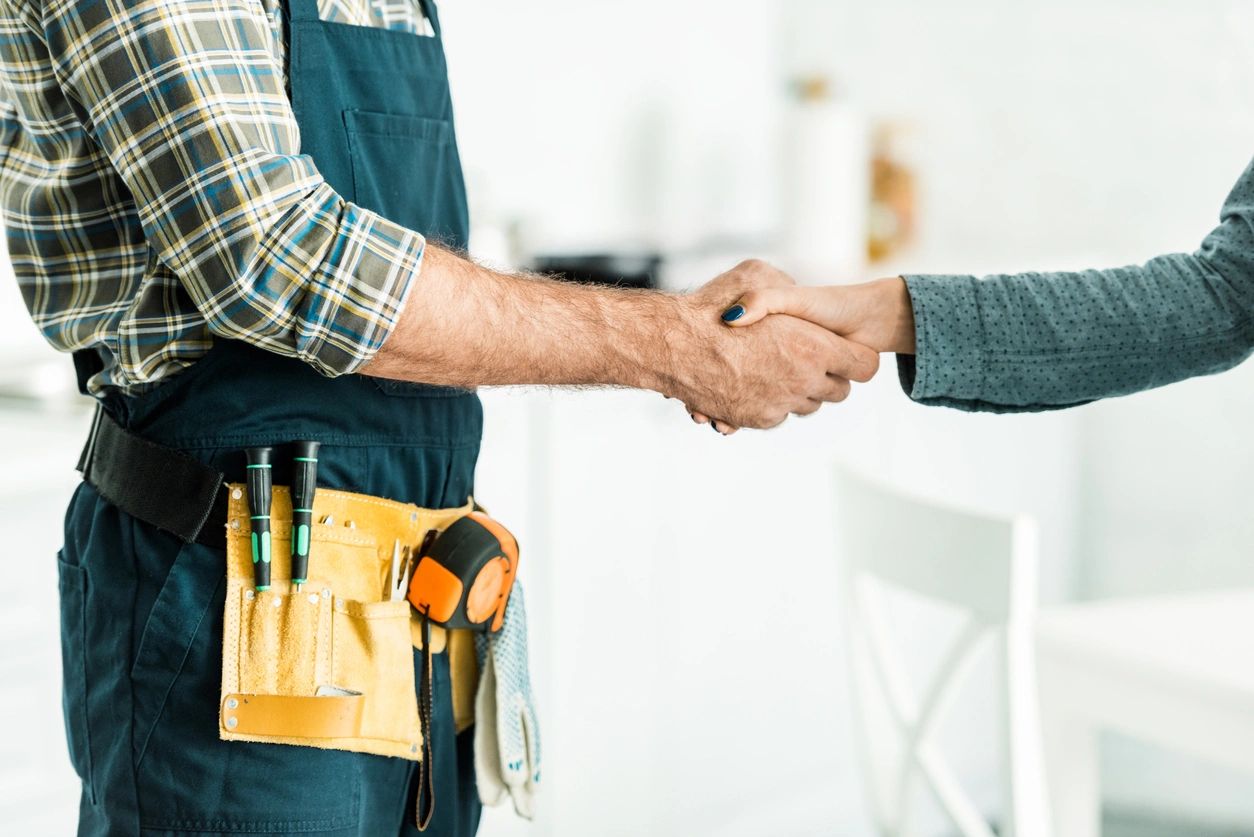What is Pipelining? (When Do You Need It?)
Have you ever heard of pipelining or wondered what pipelining is? Read along with us and we’ll tell you everything you need to know about pipelining and the importance of it.
What is Pipelining?
Pipelining, commonly referred to as trenchless pipe relining, or CIPP (cured-in-place pipe), first appeared in 1971. These days, pipe repairs can be done with minimal property damage thanks to modern techniques.
With the use of a type of resin, you can fix your cracked pipes using the pipe lining or relining method. The main component of the pipe lining procedure is the resin. A fiberglass or polyester felt tube that has been saturated in this resin is placed into the damaged pipe when it needs to be repaired.
A new pipe that is sometimes stronger than the original pipe forms inside the existing pipe as the resin dries over time. It is typical to insert the felt tube from an access point upstream. Although inserting the resin-saturated tube from a downstream access point is possible, it is considered to be more dangerous.
Since little to no digging is required, the CIPP method of pipe relining is frequently referred to as a trenchless way of fixing broken pipes. As a result, compared to digging and replacing techniques for pipe replacement, this operation is not only less time-consuming but also more affordable. Even better, repairs completed with the resin curing technique will last you for decades.
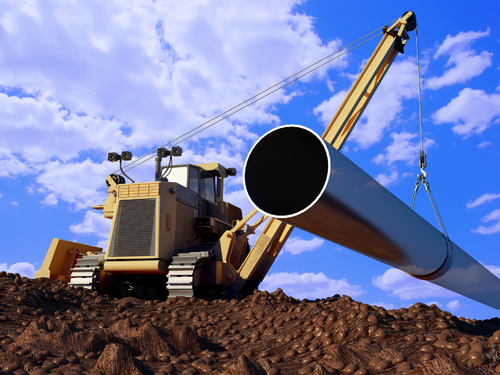
Do You Need Pipelining?
If your property is more than ten years old, pipe deterioration may already be present. However, there are some signs of pipe corrosion and damage that you should be aware of.
Concerns with the Foundation
Your foundation may potentially shift as a result of a broken drain pipe. The shifting is brought on by the soil’s expansion and contraction as a result of water leaking from the pipe into your home’s foundation.
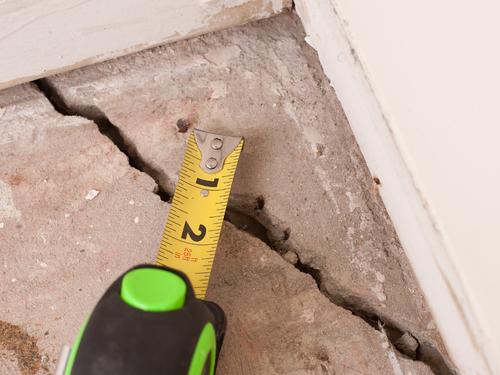
Slow Drainage
The likelihood that there is a pipe issue increases if you find that the water is flowing out slowly. A skilled plumber can assess if this is due to a blockage or genuine damage to the pipes.
Plumbing System Backups
If your building’s showers, sinks, and toilets are consistently overflowing, there may be a problem with the sewer pipe.
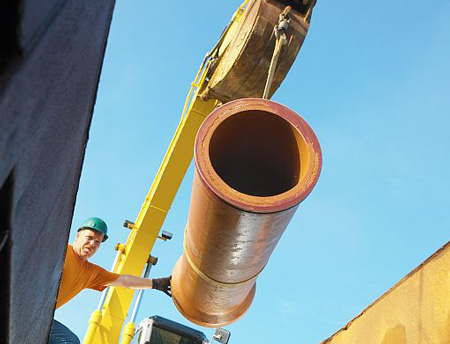
Sewage Leaks on the Lawn
You will observe unusual yard growth and taller grass in some areas of your yard if water begins to seep from the pipes into your yard. As the dirt disperses beneath the grass, you could also see the development of valleys and dips.
Foul Smell
If your home has a bad odor coming from it, you can be sure that damaged sewer pipes are to blame.
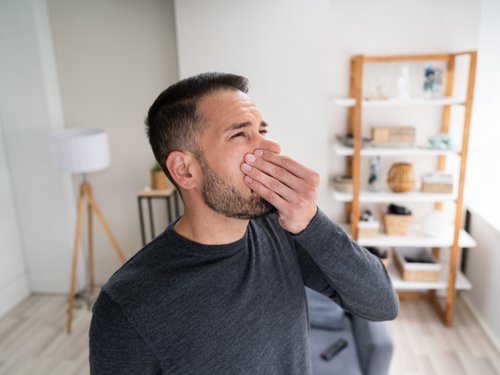
What Are The Benefits of Pipelining?
Fewer Landscaping Issues
Your landscape may be disturbed if pipe parts need to be repaired after your drainage system has been dug up. Your garden’s many plants and flowers, many of which took years to grow, will be destroyed. It may take a while to replace the ground covering materials. All of these could result in higher ancillary costs.
Pipe lining makes sure that there is no surface disruption, so your house typically stays undisturbed. Additionally, you receive high-quality pipes that may even be more durable than the originals.
Quicker Repair
Since new pipes do not need to be installed or trenches dug, pipe lining can be finished considerably more quickly. Additionally, it is easier to access hard to reach regions. This ensures you can get back to your normal living environment much faster.
Reliable
Because the original piping system is strengthened by the addition of epoxy resin, relined pipes are typically more durable. You effectively get two pipes in one plumbing unit when you line a pipe. In addition, any joints or weak spots are also removed.
Safer
Disruption of the ground surface can be very dangerous for residents. Trenches, trash, and other exposed areas make for easy accident sites. Children, elderly people, and pets can all be particularly vulnerable to these mishaps. It also makes it difficult to move around the house. You won’t have any of these problems if you line the pipes.
Cost-Efficient
The resale value of your home will increase if the plumbing is kept in good working order. It is possible to have a new plumbing system, but it will undoubtedly cost more. Pipe lining has lower labor expenses, and you can also avoid paying extra for things like repairing ground trenches and landscaping.
Final Thoughts
In conclusion, pipelining is used for a various amount of reasons. In addition, there are several benefits to pipelining if you need this done. Modern techniques allow this service to be done with minimal damage to your property
Call 1-Tom-Plumber
Don’t hesitate to contact us here or call us at 1-Tom-Plumber (1-866-758-6237) if you need help with any sewer line issues.
1-Tom-Plumber’s certified team of plumbers and drain technicians respond immediately to any emergency plumbing, drain cleaning, or water damage problem. We also handle the excavation of underground water lines and sewer main lines. Our immediate-response team is available every day and night of the year, even on holidays.
